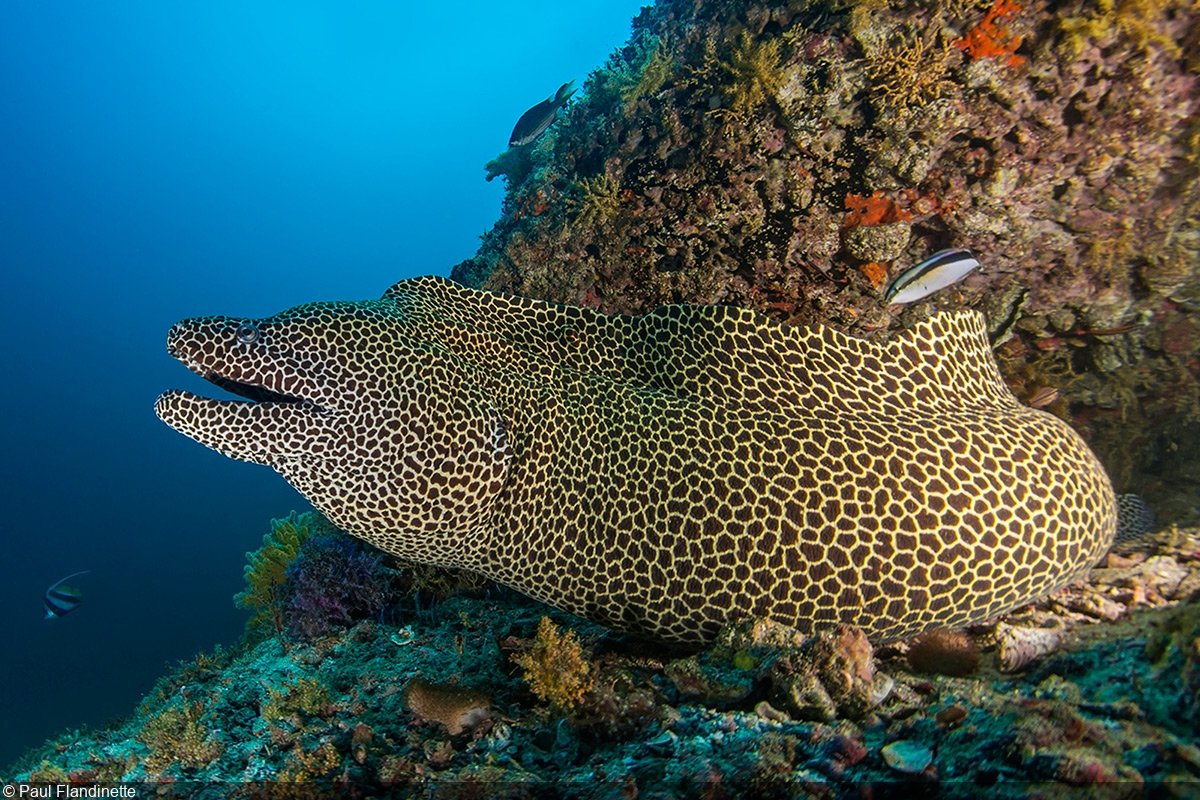MUSCAT: Oman’s extensive coastline along the Arabian Sea and the Gulf of Oman is one of the few places in the world where marine life flourishes in such diversity and rarity. Its warm, nutrient-rich waters provide ideal conditions for species that are threatened or endangered elsewhere, making the country a living laboratory for marine conservation.
Among the most celebrated are Oman’s green turtles, which travel thousands of kilometers to nest on its beaches, particularly at Ras al Jinz. Hawksbill turtles, known for their striking shells, also find refuge here, using secluded coves and coral reefs to feed and breed. These nesting grounds are protected by national regulations, reflecting Oman’s long-standing commitment to environmental stewardship.
Perhaps even more extraordinary is the presence of dugongs — gentle “sea cows” closely related to manatees — grazing on seagrass beds off Oman’s coasts. Once widespread across the region, these shy marine mammals now survive in only a handful of locations, and Oman is one of the few countries where they can still be spotted in the wild.
Together, these creatures highlight the ecological richness of Oman’s waters. For scientists, the country offers invaluable opportunities to study migration, breeding, and conservation, while for visitors it provides a rare chance to witness some of the ocean’s most iconic and endangered inhabitants in their natural habitat.



